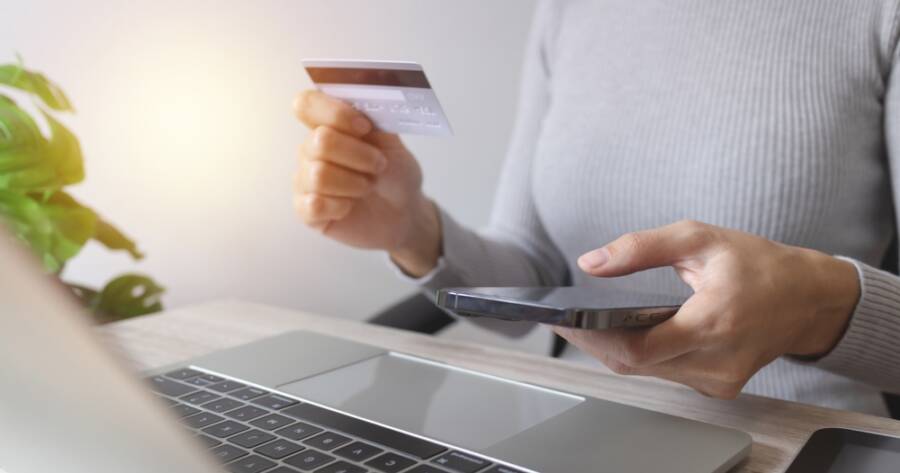Buy Now, Pay Later (BNPL) services have exploded in popularity, offering consumers a way to break up purchases into smaller, interest-free payments. Companies like Affirm, Klarna, and Afterpay market BNPL as a smarter way to shop, but is it really a financial win? While the flexibility can be appealing, these services come with hidden risks that could lead to debt accumulation and financial stress. Understanding the pros, cons, and potential dangers of BNPL can help you decide if it’s the right choice for your financial health.
How Buy Now, Pay Later Works
BNPL allows shoppers to split a purchase into multiple installments, typically over a few weeks or months. Unlike traditional credit cards, many BNPL plans don’t charge interest if payments are made on time. The process is simple:
- Select BNPL at checkout – When shopping online or in-store, you’ll see BNPL as a payment option.
- Choose your payment plan – Most services offer short-term interest-free plans or longer-term financing with interest.
- Make the first payment – The initial installment is paid upfront, with the remaining balance divided into equal payments.
- Auto-payments kick in – Payments are automatically deducted from your linked bank account or card.
While this system seems straightforward, the ease of use can encourage overspending and create financial pitfalls.
The Benefits of Buy Now, Pay Later
BNPL offers several advantages, making it an attractive alternative to credit cards for many shoppers.
1. Interest-Free Short-Term Payments
Most BNPL plans don’t charge interest if the balance is paid on time. This can be a cost-effective way to finance large purchases without incurring high credit card interest rates.
2. Easy Approval with No Credit Check
Unlike traditional loans, BNPL services often don’t require a hard credit inquiry, making it easier for people with limited credit history to qualify.
3. Predictable Payment Structure
With BNPL, you know exactly how much you need to pay each installment. This transparency can help with budgeting and prevent unexpected charges.
4. Convenient Shopping Experience
BNPL integrates seamlessly with online and in-store purchases, allowing consumers to check out quickly without needing a credit card.
While these benefits make BNPL appealing, it’s important to recognize the potential downsides.
The Drawbacks of Buy Now, Pay Later
Despite its conveniences, BNPL isn’t always a smart financial choice. Several risks can outweigh the short-term benefits.
1. Encourages Impulse Spending
Splitting payments into smaller chunks makes expensive purchases feel more affordable, often leading consumers to buy more than they originally planned. Studies have shown that BNPL users tend to spend more than those paying upfront.
2. Hidden Fees and Late Penalties
While BNPL plans may not charge interest, missing a payment can result in hefty late fees, which can quickly add up. Some services even report late payments to credit bureaus, potentially damaging your credit score.
3. Not Always Interest-Free
Longer-term BNPL financing options often include interest rates that can rival or exceed those of traditional credit cards. Shoppers may not realize they are agreeing to high-interest debt.
4. Complicates Budgeting and Debt Management
With multiple BNPL purchases spread across different providers, tracking payments becomes challenging. Many users find themselves juggling multiple installment plans, leading to financial strain.
5. Potential Credit Score Impact
While some BNPL services don’t report payments to credit bureaus, others do. This means missed payments can lower your credit score, affecting your ability to qualify for future loans.
Hidden Dangers of Buy Now, Pay Later
Beyond the surface-level risks, BNPL carries some lesser-known dangers that can have long-term financial consequences.
Debt Accumulation Without Awareness
Because BNPL doesn’t feel like traditional debt, many users underestimate how much they owe. A study by Credit Karma found that nearly 40% of BNPL users have missed at least one payment, leading to fees and potential credit damage.
Lack of Consumer Protections
BNPL purchases don’t offer the same fraud protection as credit cards. If there’s a dispute with a merchant, getting a refund can be complicated, as the BNPL provider may still expect payments regardless of the issue.
Impact on Credit Utilization
If BNPL providers report to credit bureaus, outstanding balances may impact your debt-to-income ratio, potentially lowering your credit score and affecting future borrowing power.
When Does Buy Now, Pay Later Make Sense?
While BNPL carries risks, it can be a useful tool when used responsibly. It may be beneficial if:
- You need to make a necessary purchase and have a clear plan to pay off the installments on time.
- The BNPL plan is interest-free and fee-free when paid according to the schedule.
- You use it occasionally and sparingly rather than relying on it for everyday spending.
- You track your payments carefully to avoid missing due dates.
Smart Alternatives to Buy Now, Pay Later
If you’re unsure whether BNPL is right for you, consider these alternatives:
- Save up for big purchases instead of financing them.
- Use a rewards credit card if you can pay off the balance in full each month.
- Set up sinking funds for planned expenses to avoid debt altogether.
- Explore no-interest financing through retailers rather than BNPL providers.
Making an Informed Financial Choice
BNPL can be a helpful tool in certain situations, but it’s not without risks. While it offers convenience and flexibility, it can also encourage overspending, lead to hidden fees, and complicate personal finances. Before choosing BNPL, consider your financial habits, repayment ability, and long-term money goals. By making informed decisions and exploring alternative payment methods, you can protect your financial health and avoid unnecessary debt traps.

